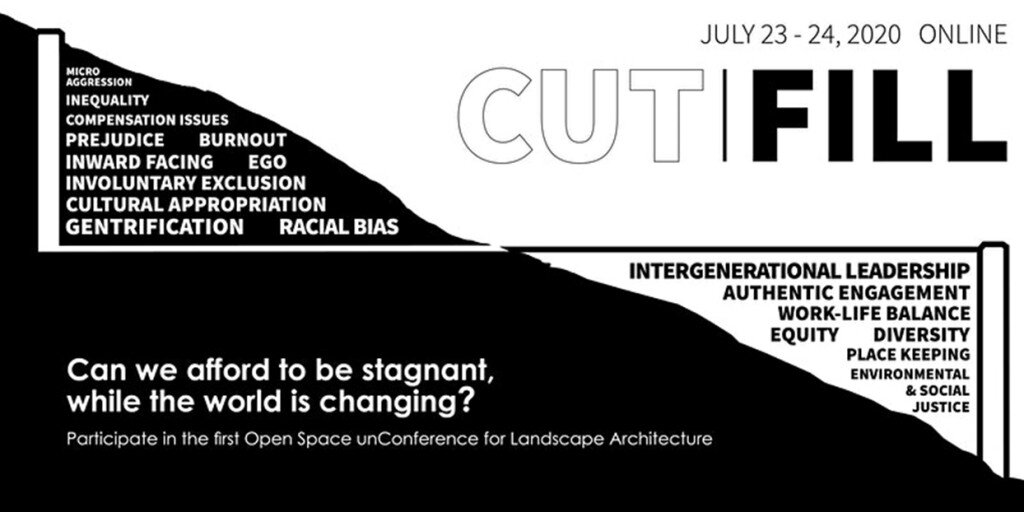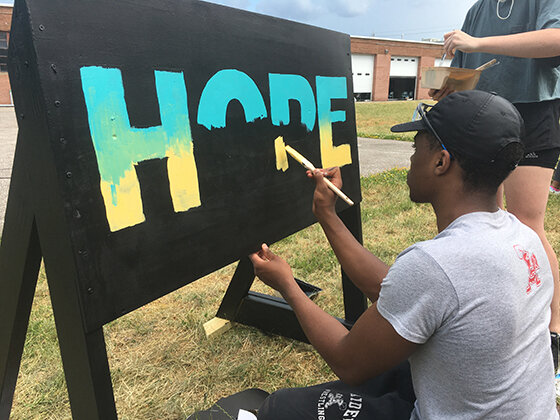Every year, the CUDC conducts a community design charrette with graduate students from Kent State's College of Architecture and Environmental Design. The charrette is a three or four day workshop with a public sector partner to generate fresh design ideas in response to a local challenge. Typically, the charrette takes place in a community outside of Cleveland, but we can't travel this year due to COVID-19. Instead, this year's charrette will be held in Cleveland, in partnership with the Cleveland Metroparks, exploring opportunities for retrofitting public spaces to allow for social distance.
The charrette will take place from Friday, October 2nd through Sunday, October 4th with a final evening presentation on Monday, October 5th. Focusing on Brookside Reservation, located along Big Creek between the Brooklyn Centre, Stockyards, and Old Brooklyn neighborhoods, the students will generate small- and large-scale ideas and work with neighborhood partners to reimagine local park spaces.
Brookside is adjacent to the planned Brighton Park and trail extensions to the Towpath Trail - what opportunities do these larger networks bring to address social inequities and accessibility within Cleveland? In an uncertain future, how can we (re)design public spaces to be flexible and accessible, while also accommodating necessary social distance?
During the charrette weekend, we will explore the following questions:
Can public spaces be quickly retrofitted to allow for a wide range of scenarios?
How can parks allow for social interactions and attract new users, while maintaining 6’ distance?
How do pedestrians and bicyclists connect to the park system and how can the city street network facilitate these connections?
How can parks be safe places for all city residents, especially those most in need?
And how can we use this moment of fluctuating human use to emphasize and accommodate larger ecological functions?
The Metroparks site and its larger neighborhood connections provide an opportunity to study Cleveland’s public spaces, and generate spatial and programmatic ideas that provide flexible alternatives for future use. Visit the Brookside2020 website for details about how to participate.




![Domino Park, Brooklyn, NY: social distancing circles. [img: Marcella Winograd]](https://images.squarespace-cdn.com/content/v1/56f9538fd210b8d37ef6d7a8/1600864529193-FTB0376LMCD196VJKURL/domino_park.jpg)





























































